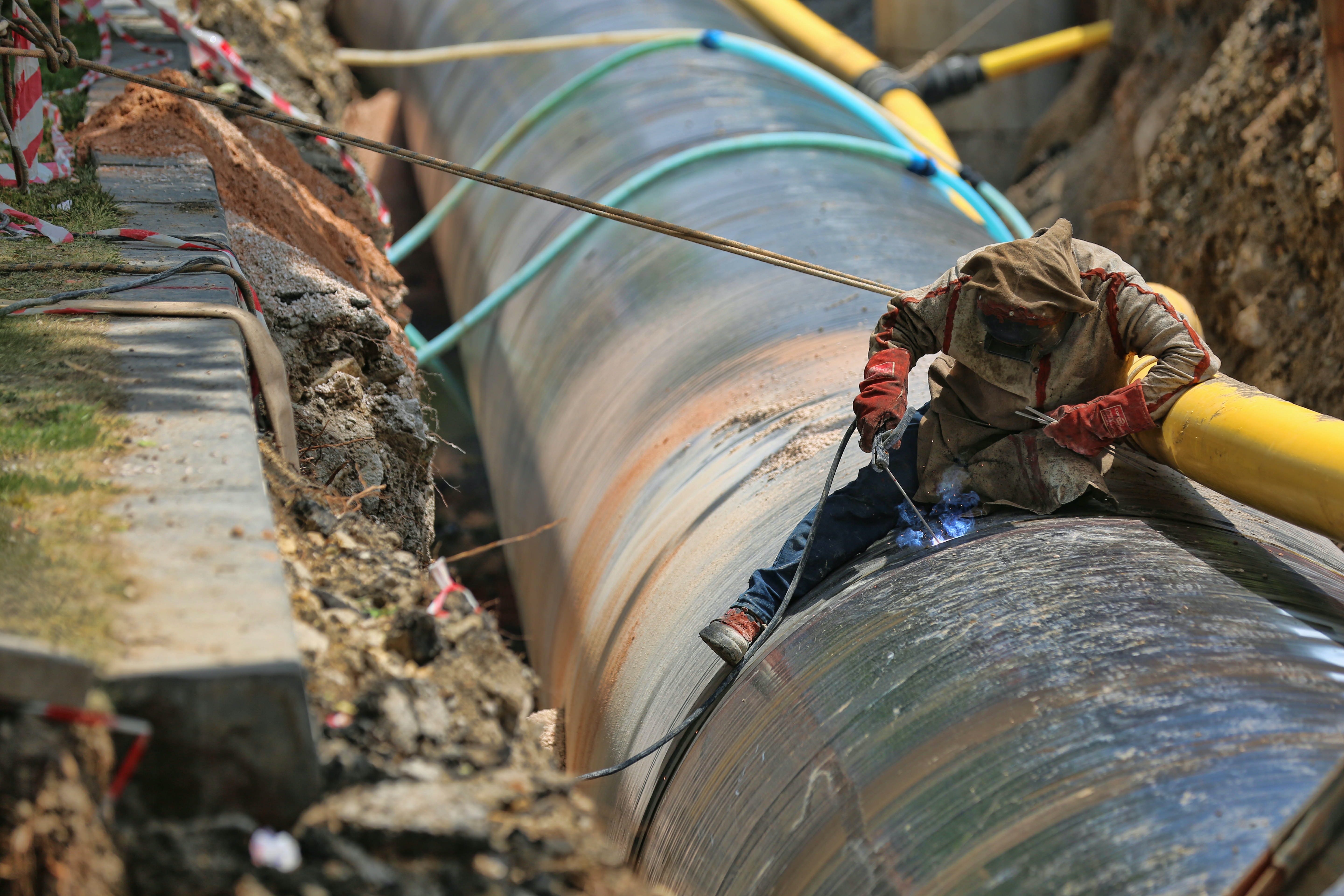Common Pipeline Pigging Terms You Should Know
The pipeline inspection industry has a language all its own starting with the term “pigging” to describe using pipeline inspection gauges to inspect, clean and perform other pipeline operations.
While “pipeline inspection gauge” certainly does form a nice acronym for “pig”, the term “pig” and “pigging” was born, according to NPR, because the earliest pipeline cleaning deices, made from bales of straw wrapped in barbed wire, made a pig-like squealing noise when travelling through pipes.
The Pigging Products & Services Association (PPSA) tells a slightly different story with the squealing in question coming from a device made of “leather sheets stacked together on a steel body”. PPSA also says that “pig” can stand for “pipeline intervention gadget”.
For those new to “pigging” some of the language can seem confusing, a bit like the first time you heard “Pig Latin” when you were a kid.
Here are some of the common pipeline pigging terms the PPSA says you should know:
Batching Pigs: Pipelines may carry a variety of products such as gasoline, diesel fuel, and fuel oils so batching pigs are used to physically separate the different products in the pipeline. Two most common batching products are cup pigs and sphere pigs.
Bell Hole: A bell-shaped hole dug beneath a pipeline to make room for a use of tools to perform an inspection, survey, maintenance, repair, or replacement of pipe section.
Calibration Digs: When an in-line inspection tool records an indication then a calibration dig, a bell hole or exploratory excavation, will be performed on a section of pipe.
Camera Pig: A configuration pig that can take snapshots, on a continuous or intermittent basis, of the inside of a pipeline.
Cleaning Pig: A utility pig that travels free through a pipeline along with product flow, brushing and scraping foreign matter, rust, dirt, and fluids from the inside surface of the pipes. Cleaning pigs help facilitate inspections and increase operating efficiency of a pipeline.
Configuration Pig: Geometry pigs, camera pigs and mapping pigs are all types of configuration pigs which are any instrumented pig that collects data relating to the inner workings of the pipeline.
Cup Pig: A utility pig that is supported and driven by cups made of a resilient material such as neoprene or polyurethane. At least one of the cups forms a piston-like seal inside the pipe.
Gauging Pig: Utility pig permanently deformable by obstructions in the pipeline. Upon retrieval from the line, the gauging pig provides evidence of the worst-case obstruction in a given pipeline segment.
Gel Pig: Utility pig composed of a highly viscous gelled liquid. These pigs are often used for pipeline cleaning. Sometimes called gelly pigs.
Geometry Pig: Configuration pig designed to record conditions, such as dents, wrinkles, ovality, bend radius and angle, and occasionally indications of significant internal corrosion, by making measurements of the inside surface of the pipe.
In-Line Inspection: Inspection of a pipeline from the interior of the pipe using an in-line inspection tool.
In-Line Inspection Tool: Device or vehicle, also known as an ‘intelligent’ or ‘smart’ pig, that uses a non-destructive testing technique to inspect the wall of a pipe.
Instrumented Pig: Device or vehicle used for internal inspection of a pipe, which contains sensors, electronics, and recording or output functions integral to the system. Instrumented pigs are divided into two types: configuration pigs, which measure the pipeline geometry or conditions inside the pipe surface; and in-line inspection tools that use non-destructive testing techniques to inspect the wall of the pipe for corrosion, cracks, or other types of anomalies.
Launcher: Pipeline facility used for inserting a pig into a pressurized pipeline.
Mapping Pig: Configuration pig that uses inertial sensing or other technology to collect data that can be analyzed to produce an elevation and plan view of the pipeline route.
Metal Loss: Any anomaly in pipe in which metal has been removed because of corrosion, gouging or other factors.
Receiver: A pipeline facility used for removing a pig from a pressurized pipeline.
Sphere Pig: Spherical utility pig made of rubber or urethane. The sphere may be solid or hollow, filled with air or liquid. The most-common use of sphere pigs is as a batching pig.
Trap: Pipeline facility for launching and receiving tools and pigs.
Utility Pig: Pig that performs simple mechanical functions, such as cleaning the pipeline, are called utility pigs.
Contact GeoCorr today to see how our passionate team can provide individual solutions to meet your pipeline inspection needs.


